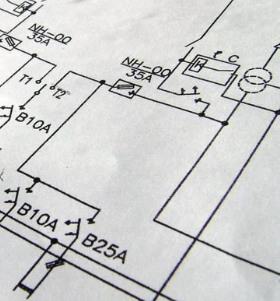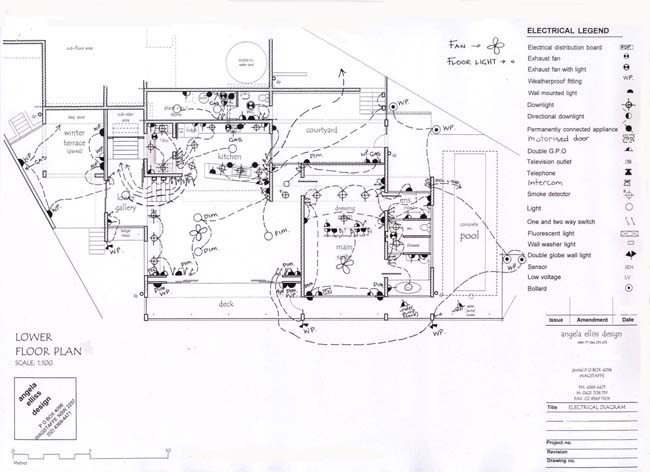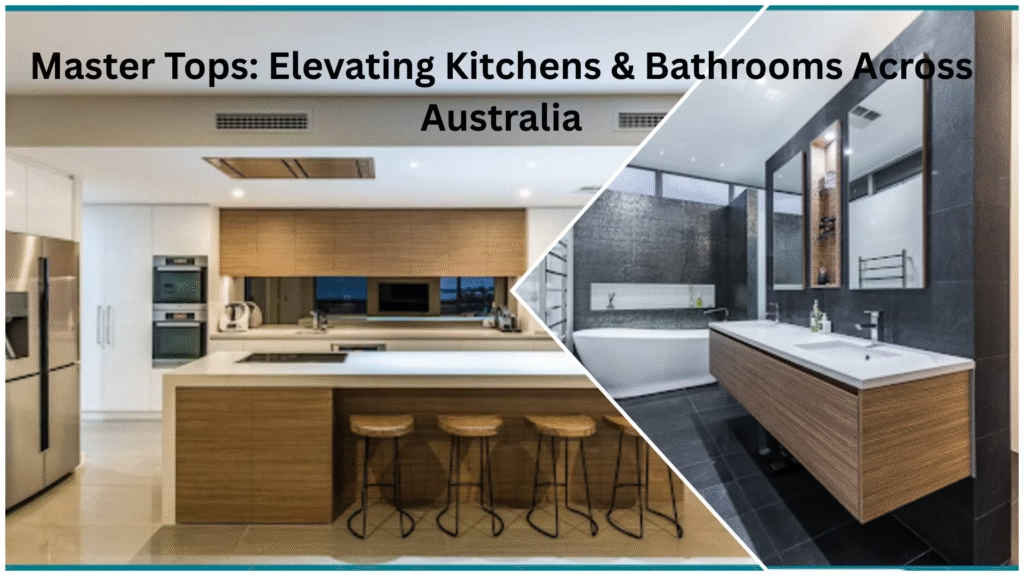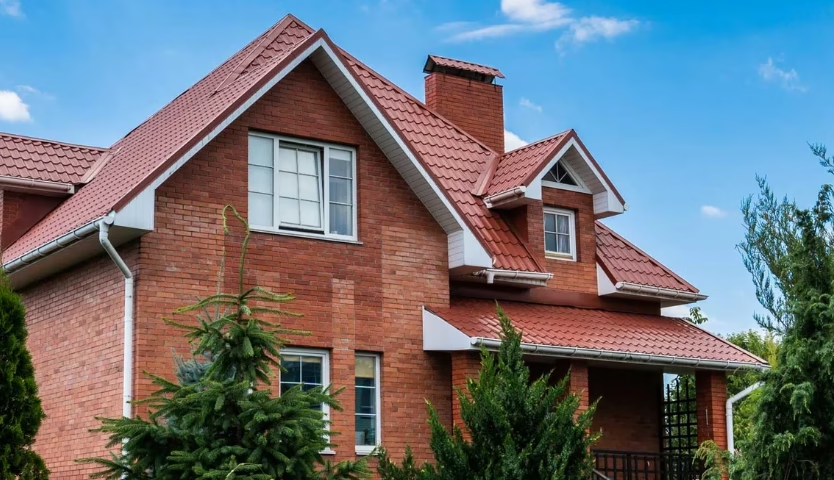Electrical
Most Australian houses are supplied with a single-phase 240volt system with three wires. (1 active – coloured red, brown or white. 1 neutral – coloured black or blue. 1 earth – coloured green or green and yellow striped.) Depending on the power requirements of your home you may require two or three phase power, even adding a spa tub to a single-phase supply can cause regular power tripping.
Due to the potentially lethal consequence of fire and electrocution from poor wiring, all local authorities require electrical installation by a licensed contractor. That contractor is responsible for installing the local authority’s meter box, the connections from the box to the house fuse box and all wiring from that. Some electrical contractors are permitted to install other wiring, such as telephone, internet cable, security and intercom. (It is a good idea to check on this in the early stages of pricing.)
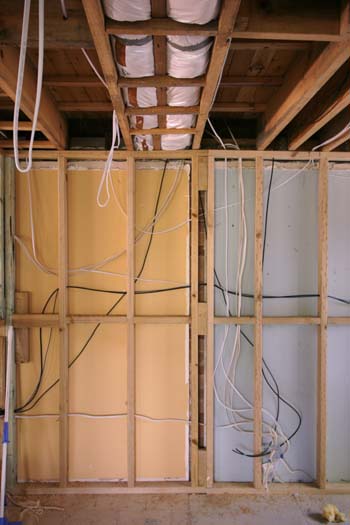
Rough in of electrical wiring
Owners should give the electrical contractor a copy of the working house drawings with all required light switches and power outlets, describing precise position (including heights) before the house structure is complete. There are standard symbols to represent the type of outlet. If you engage a design professional, he or she will provide a detailed Electrical Diagram.
If some appliances such as stove, air-conditioners are to be hard wired (i.e. no switch), those appliances either need to be acquired in advance or their model numbers given to the electrical contractor.
The electrical installation occurs in two parts, followed by checking:
(1) Rough in. As soon as the house structure is in place, and before walls and are sealed, the electrician lays the wiring between the point of supply (fuse box) and the outlets according to the Electrical Diagram (leaving enough extra length for them to be pulled out for fixing the outlets.)
(2) Fix out. When cladding is complete the outlets are fixed according to the owner’s specifications, colour and style. Owners should check that power points are installed as required, and are horizontal and centred.
(3) Testing and checking by the local authority before occupancy.
There is often more than one tariff (cost per kilowatt hour) for domestic consumption, according to when electricity is used i.e. peak times or off peak. Electric water heaters usually heat during off peak times when the tariff is lower. In any location, there may also be a number of electricity suppliers with different tariffs costs.



